How to Build a Healthcare Application in 2024
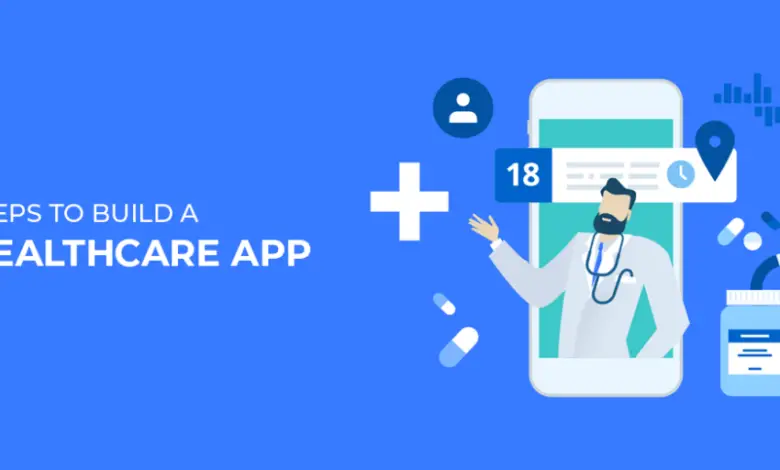
Most people don’t realize how often they use apps. Mobile phones have taken over virtually every sphere of our lives – from communication to driving directions. But have you ever thought about using an app for your health?
In 2024, there are over 52,000 healthcare and medical apps available on the Google Play Store alone. In this article, we’ll walk you through the process of creating your healthcare application and the main types of health solutions.
What types of healthcare apps are there?
The medical industry is one of the fastest-growing and most lucrative industries in the world. Not only are there physical improvements to the quality of care, but also technological improvements, like health apps on smartphones. There are many different types of healthcare apps that have been developed over the years, each of which has a unique purpose. Here’s a breakdown of these various types.
Consumer health apps
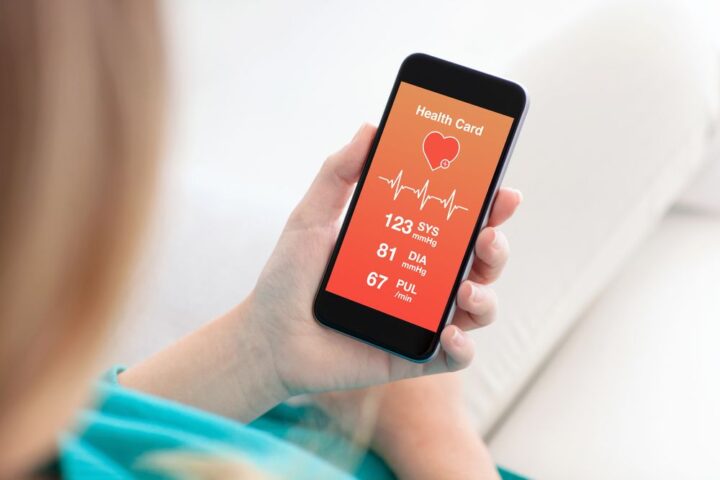
Consumer health apps are for people who want to track their health. They include wearables and mobile apps that help you monitor symptoms, keep track of your medications and manage other aspects of your health. Many people use these apps as part of a self-care routine.
Healthcare provider apps
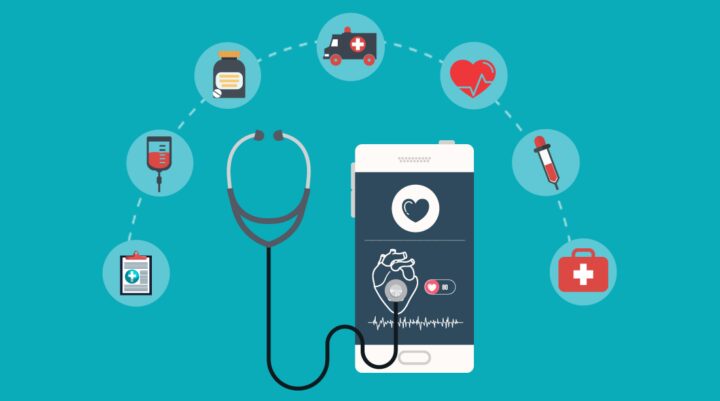
This type of a solution is used by doctors, hospitals, clinics, and other healthcare providers to keep track of appointments and access medical records. They also provide alerts and reminders for patients. Healthcare provider apps can also serve as a point of contact for both providers and patients as well.
Telehealth apps
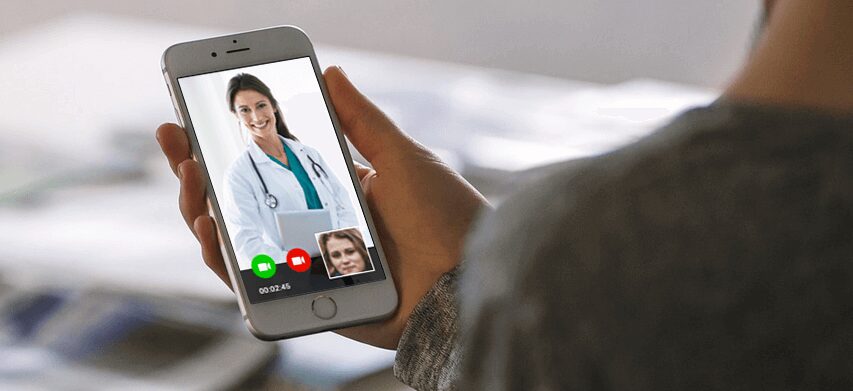
Telemedicine platforms are used to connect patients with their doctors remotely. They use video, audio, or chat features to help you communicate with your doctor. Examples of telehealth apps include:
- Tango Health – Connects you with doctors via video and audio calls;
- Doctor on Demand – Provides access to over 30,000 physicians through a phone call or video visit.
Fitness and wellness apps
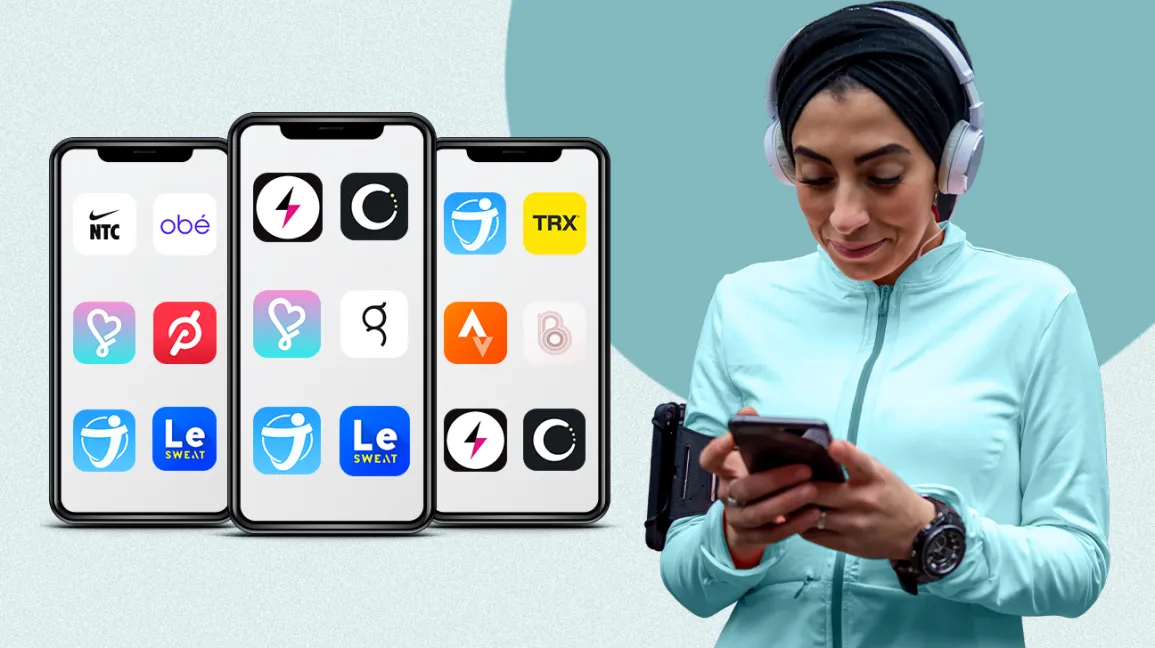
Many apps have a focus on fitness and wellness, intending to help users improve their health.
These types of apps often track exercise, food intake, and weight. Some also include sleep tracking capabilities. Examples include:
- Fitness apps like MyFitnessPal (available for iOS or Android) help users track calories consumed and burned through exercise activities, as well as their overall fitness goals;
- Sleep tracking apps such as Sleep Cycle Alarm Clock (available for iOS only). These apps monitor your movement during sleep to determine when you’re in light versus deep sleep phases so that they can wake you up at the optimal time to feel refreshed upon waking.
Chronic condition management apps
These apps help you monitor and track your health. They can be used to track symptoms, medication, diet, exercise, vitals as well as sleep and lifestyle. Some of these apps also give you a visual representation of how well you are managing your chronic conditions or illnesses.
You can use them with other healthcare services such as telehealth (remote monitoring) and telepsychiatry (video-based psychiatry). The most common chronic conditions that people use these kinds of apps for are diabetes and heart disease.
Patient engagement apps
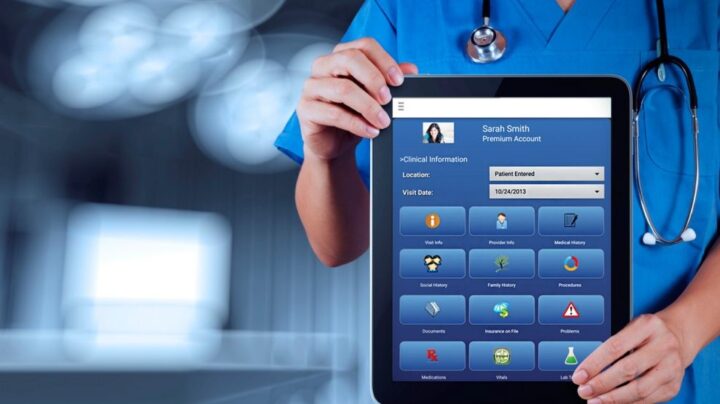
These apps are especially useful for those who have chronic conditions or need medication management. The data collected from patient engagement apps allow doctors to closely monitor the progress of their patients and therefore allow for more effective treatment plans to be put into place.
The following are some examples of how patient engagement apps can benefit both patients and the healthcare system:
- Patients will have better access to healthcare providers because EMRs allow for quick accessioning of new patients into a practice’s system while simultaneously providing timely updates on visits, medications, and lab results.
- Patients will have increased access to their medical records via EMRs which makes it easier for them to stay informed about their health status as well as make appointments with other doctors/specialists without needing someone else’s help (elderly individuals).
Fitness community apps
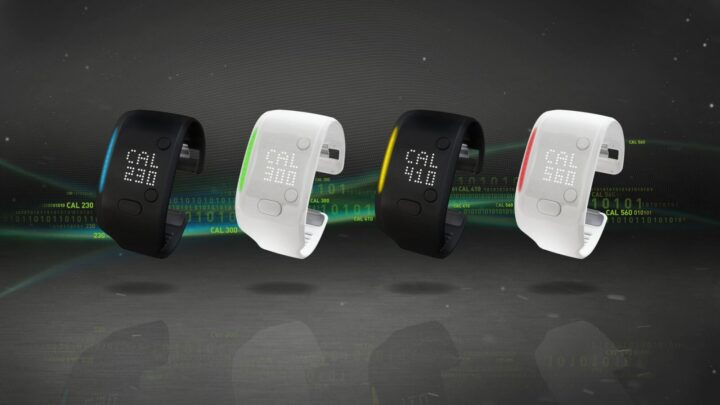
Fitness community apps are designed to help you stay motivated and meet new people. They’re also great for finding the right workout for you and helping you find a workout buddy. Some of these apps also track your workouts, which makes it easier to keep track of what type of exercise is right for you.
A few examples of fitness community apps include:
- Adidas MiCoach Fit Smart;
- MapMyFitness;
- Endomondo, and others.
Do all apps have to be HIPAA-compliant?
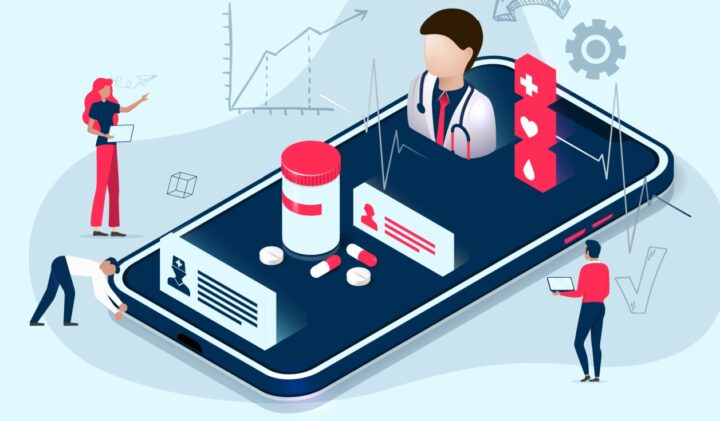
According to The App Solutions, the majority of health applications must be built according to HIPAA standards. This medicine-related regulation is designed to guard sensitive patient data and prevent unauthorized access to vulnerable information.
However, if your application is not used by healthcare providers and is not meant to share patient data, it’s not subject to HIPAA. Prominent examples of HIPAA-free applications include fitness trackers, heart rate monitors, mindfulness apps, and others.
How to create a medical application?
Identify the problem
The first step to building a healthcare application is to identify the problem. It’s not enough to come up with a high-level goal. Your app idea should be based on accurate user needs, market fit, and user research.
Do user research
There’s no better way to understand the needs of your users than to ask them directly. There are several methods that you can use to gather a lot of information quickly:
- Surveys
- Interviews
- Focus groups
- A/B testing, in which you show different versions of a product or service and see which one performs better. You can also use A/B testing when you’re developing an application before it is released.
There are other types of user research as well—for example, usability testing, in which people test out a product while they’re being observed by researchers who jot down their observations and suggestions into what’s called an actionable report (or just simply “the report”). Key findings from this process can help inform decisions about how best to move forward with the development of the project at hand.
Analyze your competitors
So, you’ve got an idea for a healthcare app and you want to get it off the ground. Great! But before you do, it’s important to consider your competitors in the industry.
You must know what they’re doing right—and wrong—so that your product can be better than theirs. Is there something they don’t offer? Do they have a user interface that is easier or more intuitive than yours? What features make their app stand out from other similar apps in the same category? How are users responding to these features? These are all vital questions for any entrepreneur looking to develop their app.
Choose the platform
When it comes to building apps, there are two main options: Native and hybrid. Hybrid apps can run across multiple operating systems without having to be ported from one platform to another.
However, these types of apps tend not to have access to the latest features that native applications offer because they have limited access to hardware components.
Start with a minimum viable product

A minimum viable product (MVP) is a simplified version of your app that has just enough features to satisfy early adopters and help you test the idea. An MVP should be ready to release publicly as soon as possible so that it can generate feedback from users.
Enhance your app features
Once your application has gathered enough feedback, it’s time to add more functionality. Your development team will work on enhancing your product and testing it against test cases. The final step of your development journey is to release the application into the wild and integrate it with existing health systems if needed.
Conclusion
There are many factors to consider when building a health app. A successful application will address the needs of its users and provide them with something that can make their lives better. Following these steps will help you develop an effective app that solves real-world problems while staying within budget.

